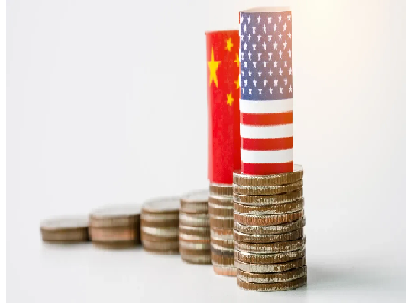China Catches Up with the US in Science and Tech

China Catches Up with the US in Science and Tech
The United States’s scientific and engineering output has shrunk relative to that of the rest of the world, a new series of analyses from the National Science Board, the policymaking organization for the National Science Foundation, reveals. The State of U.S. Science and Engineering 2020, a summary report published on Wednesday (January 15), finds that the adoption of American-style investment in science and engineering education in China and other countries has helped overseas nations grow their R&D economies at a faster rate than the US.
“The changing global landscape affects the position of the United States relative to the other major global players,” the report states. “For example, the United States has seen its relative share of global [science and technology] activity remain unchanged or shrink, even as its absolute activity levels have continued to rise.”
The report adds: “Increasingly, the United States is seen globally as an important leader rather than the uncontested leader.”
Many of the largest increases in research spending for science and technology have been made by governments in Asian countries, with China catching up particularly fast with the US, the report finds. “We think that China may have overtaken the U.S. at some point in 2019,” Julia Phillips, the chair of the National Science Board (NSB) Science and Engineering Policy Committee, tells Science.
The report also notes that the US remains the leading nation for international students despite recent declines in enrollment from people overseas. Diversity in the workforce, meanwhile, has been increasing, although only modestly.
From 2003 to 2017, the proportion of the science and tech workforce made up by women rose from 26 percent to 29 percent, even though women make up more than half of the college-educated workforce. Over the same timeframe, the proportion of underrepresented minorities rose from 9 percent to 13 percent, despite the fact the group makes up 17 percent of the college-educated workforce.
Molly King, a sociologist at Santa Clara University in California who studies social inequalities in the scientific workforce, tells Nature she is “not terribly surprised by any of the statistics” on diversity, suggesting that stereotyping and bias in peer review and citation in the literature contribute to ongoing disparities.
https://www.the-scientist.com/news-opinion/china-catches-up-with-the-us-in-science-and-tech-66977


Your Comment :